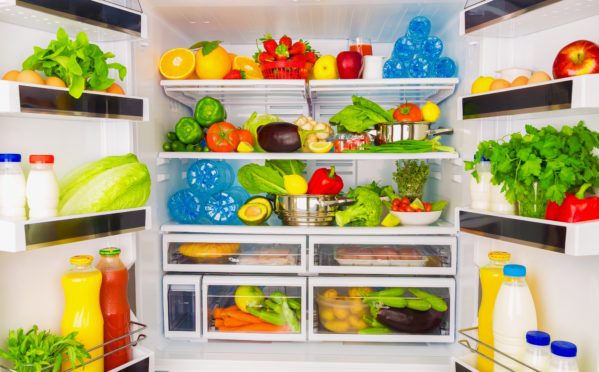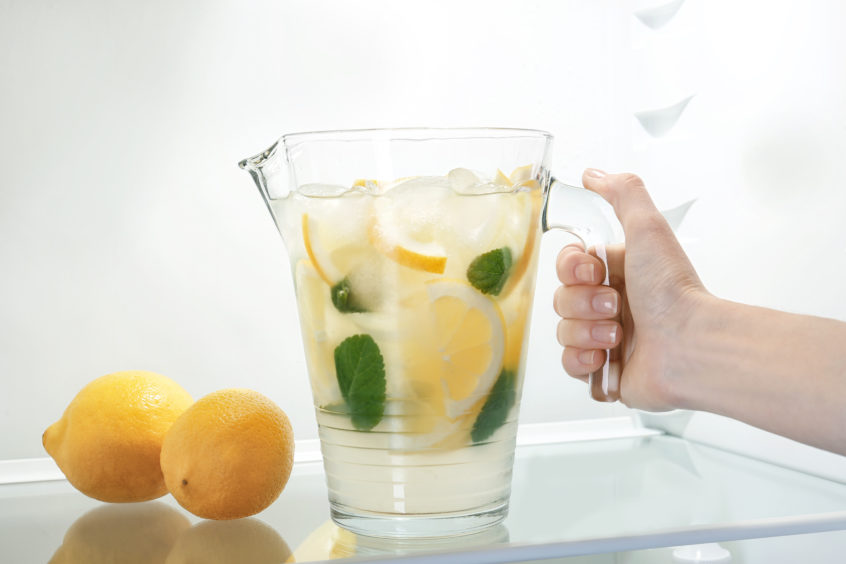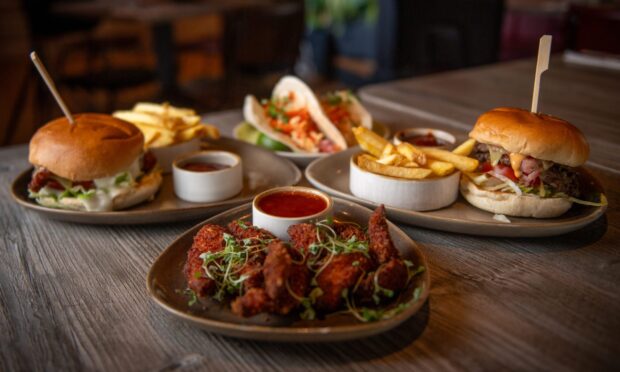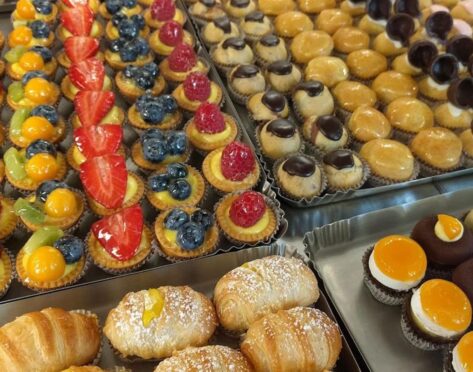Food Standards Scotland issues advice on filling your fridge and how to chill products safely.
As we try to limit our trips to the shops during lockdown, it can be tempting to stock up on as much food as our fridges will take.
Although the panic buying has eased off somewhat, none of us want to be caught short if the supermarkets run out of essentials or if we need to self-isolate and are unable to leave the house.
But Covid-19 isn’t the only danger to our health – an over-filled fridge is a hidden hazard in our homes that can lead to illness, warns Food Standards Scotland (FSS).
To help reduce the risk, the public body which oversees food safety and standards, is reminding people not to fill their fridges to the brim, as too many items – just like too many people crammed in a room – can cause the temperature to rise, allowing harmful bacteria to grow and multiply, which can cause food poisoning.
What does the advice say?
The temperature inside your fridge should be between zero and five degrees Celsius at all times, and it is important that this is checked regularly.
But an empty fridge is not efficient either – to prevent the cooling mechanism from working too hard and the fridge getting too cold, it’s advisable to keep a couple of jugs of water in the fridge to fill up space, or you can turn the temperature setting up a notch. To keep it smelling, fresh, add some lemon slices to the water.
Ideally, a fridge should be around three-quarters full to allow cold air to circulate.
It is also worth bearing in mind that the temperature in your fridge isn’t the same everywhere. Fridges are cooled by a gas, known as refrigerant vapour, which flows in liquid form inside a coil in the fridge and absorbs heat in the air.
The closer foods are to the coil, which is usually found on the lower shelf, the colder those foods will be. Remember, warm air also rises to the top as it is less dense than cold air, so your top shelf is likely to be warmer.
Dr. Jacqui McElhiney, head of Food Protection Science and Surveillance at FSS, said: “One of the most common mistakes is to cram our food into the fridge, without realising that this can raise the temperature.
“It’s really important to check that the fridge is cold enough and it’s between zero and five degrees centigrade to slow down the growth of food poisoning bacteria.”
Results from the FSS Food in Scotland Consumer Tracking Survey reveal that almost three-quarters of Scots completely fill their fridge at least some of the time, but only 12 percent always remember to check the temperature when it’s full.
Eight in 10 knew the correct fridge temperature, however a quarter of consumers said they never check it.
One of the most common mistakes is to cram our food into the fridge, without realising that this can raise the temperature.”
Dr Dr. Jacqui McElhiney, head of Food Protection Science and Surveillance.
Almost all consumers feel they have clear information on how to prepare and cook food safely, but a quarter admit to not actively looking for such information.
To help you refrigerate your food safely, the FFS has prepared the following guide…
Safe chilling
- Keep the fridge temperature between 0°C and 5°C.
- Wait for food to cool down before you put it in the fridge.
- If your fridge is full, turn the temperature down a notch, but it is best to leave space as this allows air to circulate and maintain the set temperature.
- Don’t leave the door open.
- Eat leftovers within two days.
- Put food back in the fridge as quickly as possible.
- When you’re eating outside, for example at a barbecue, use a cool bag or cool box.
- If you take food out of the fridge, don’t leave it sitting out for more than four hours.











